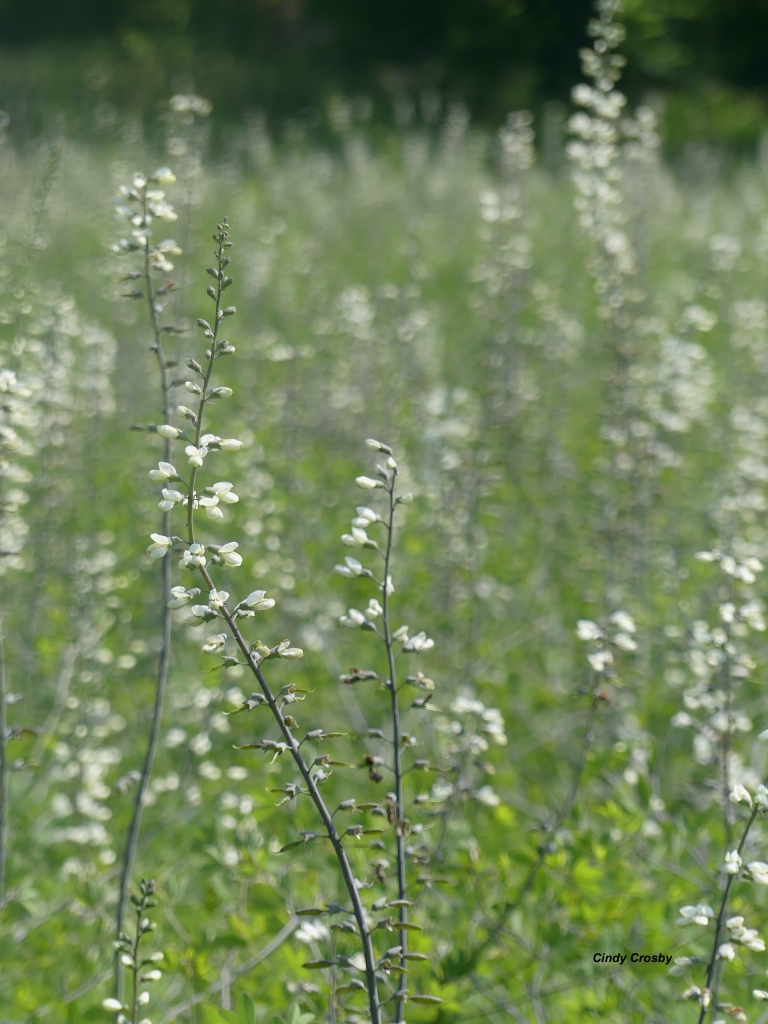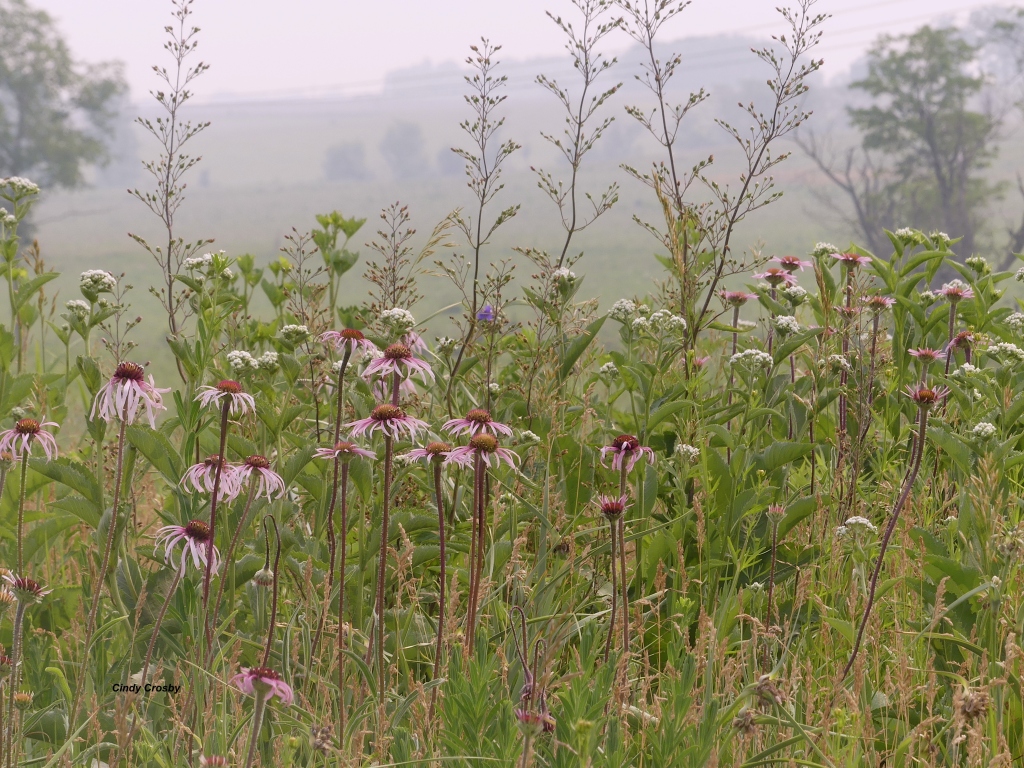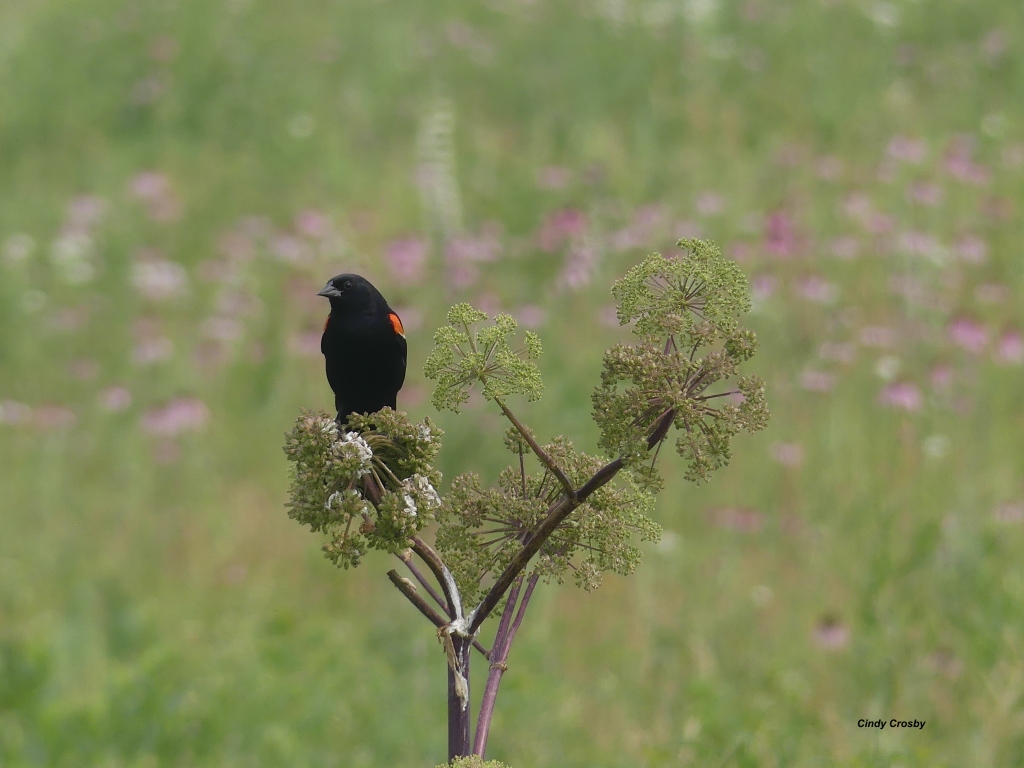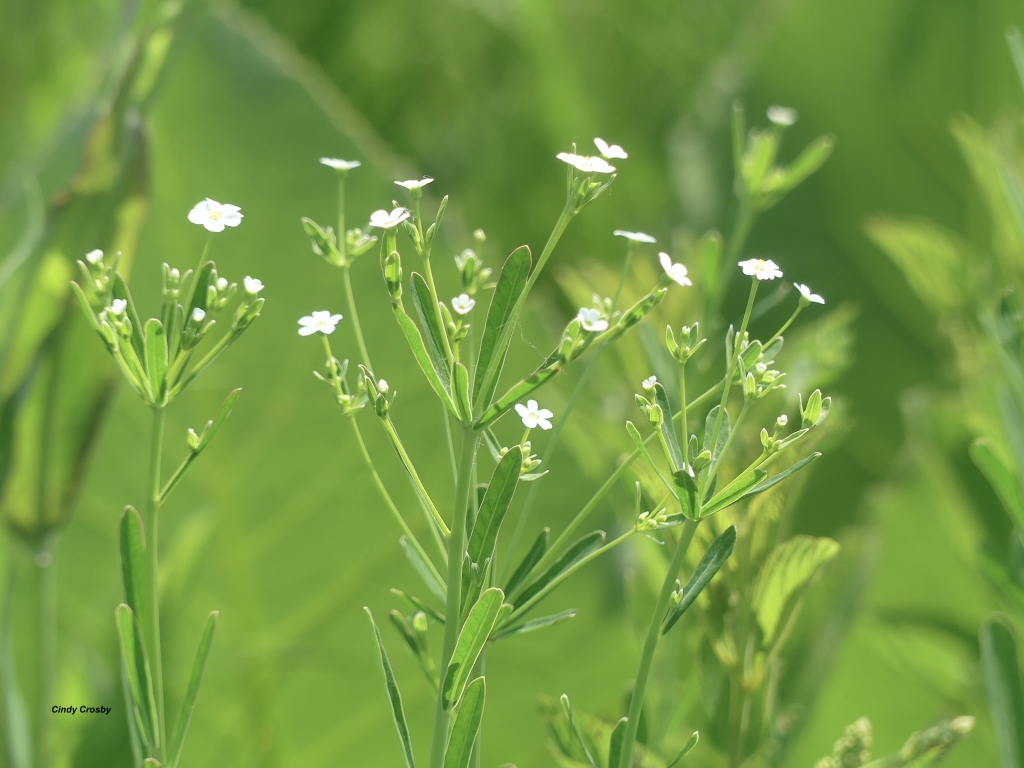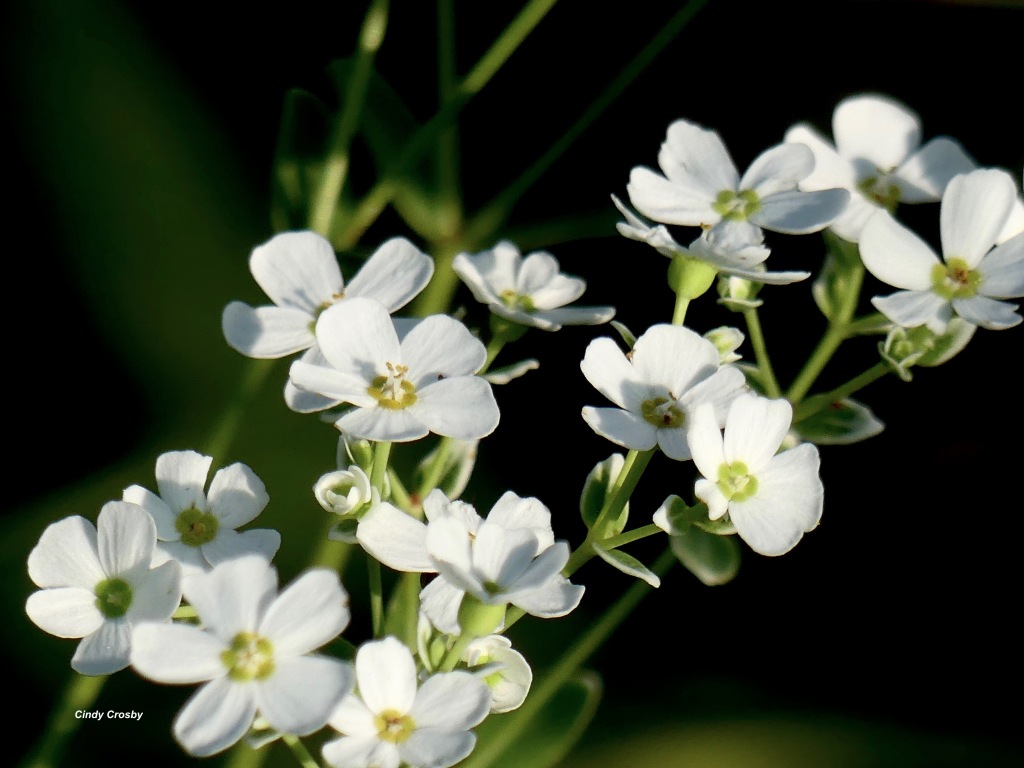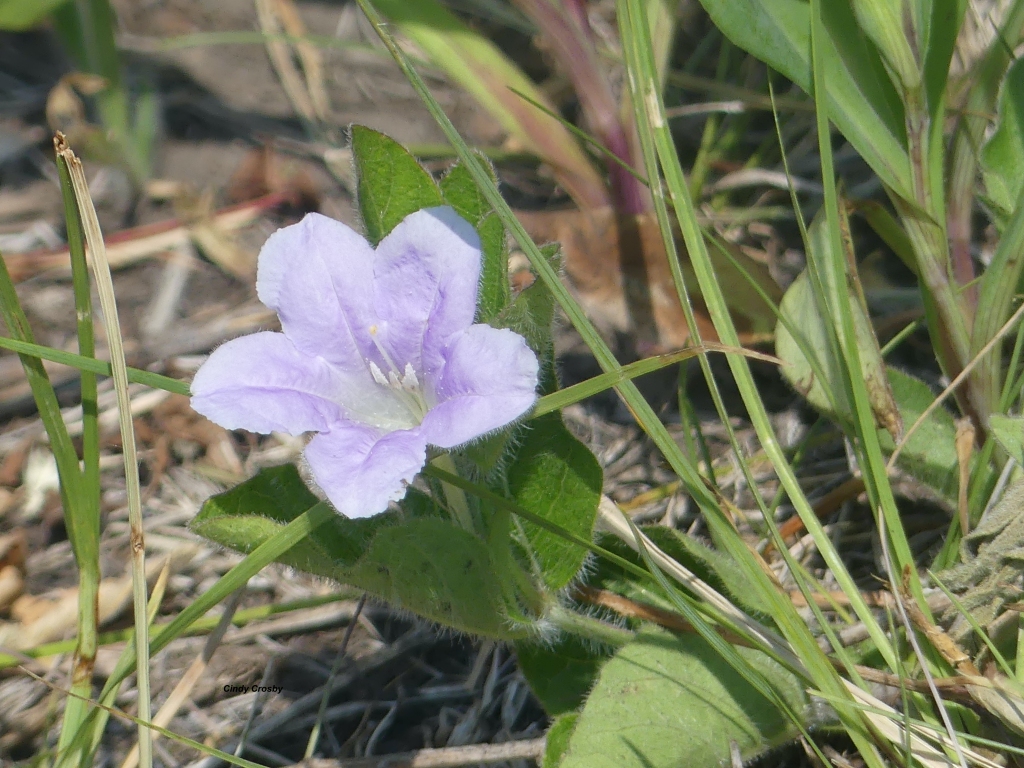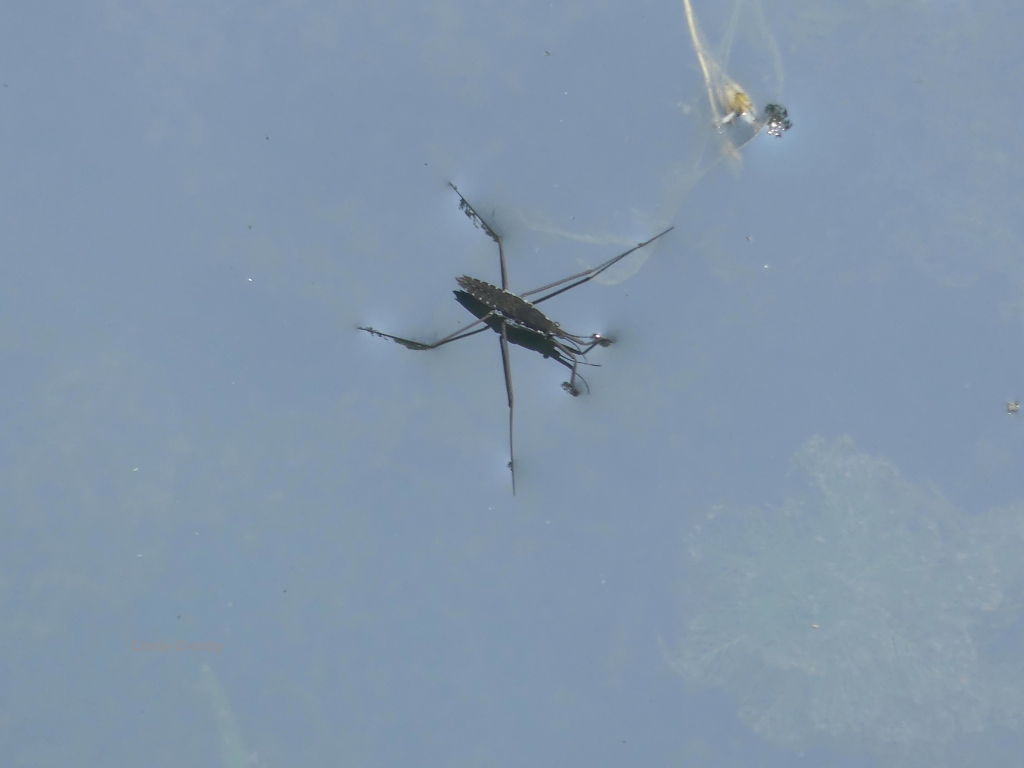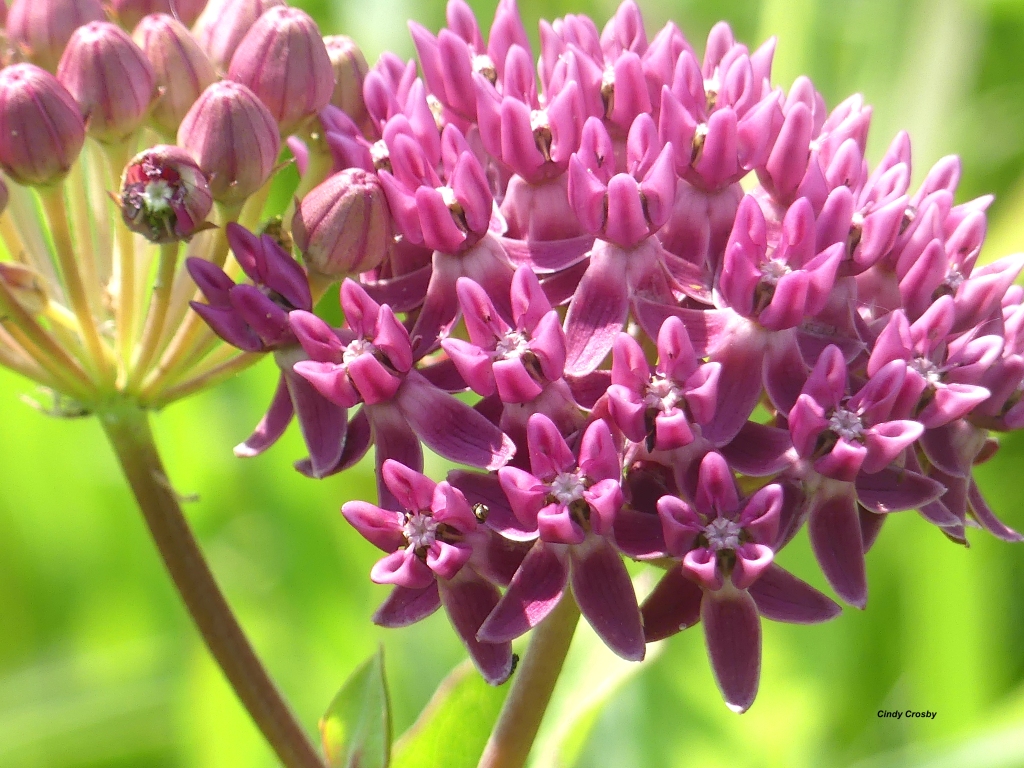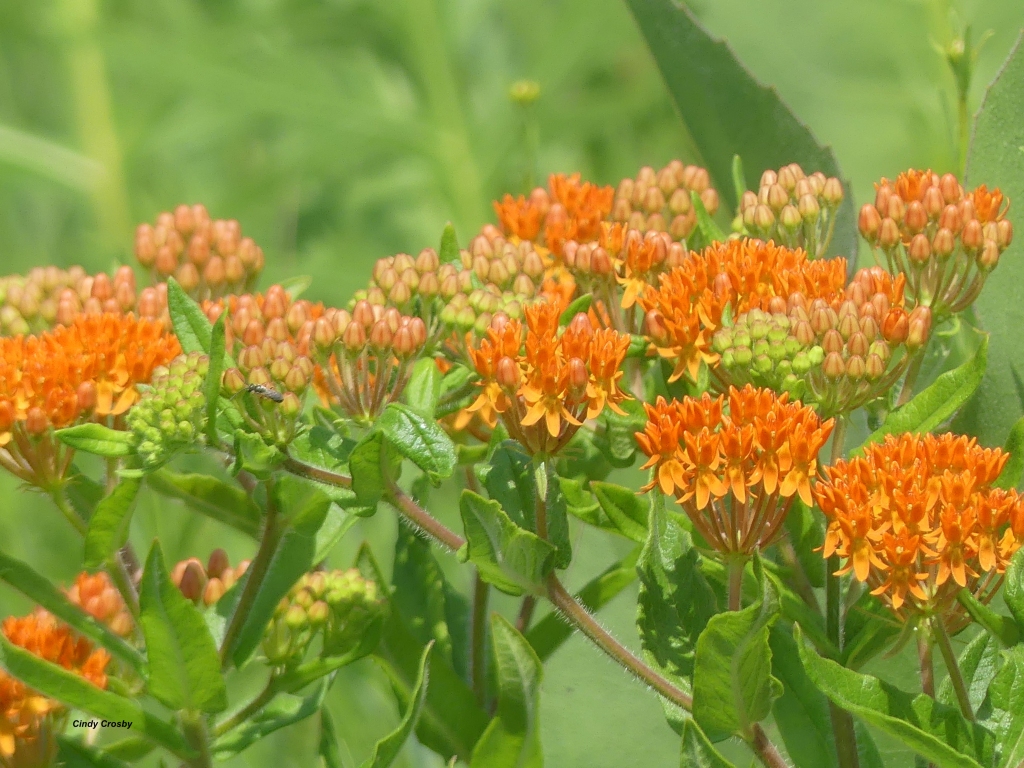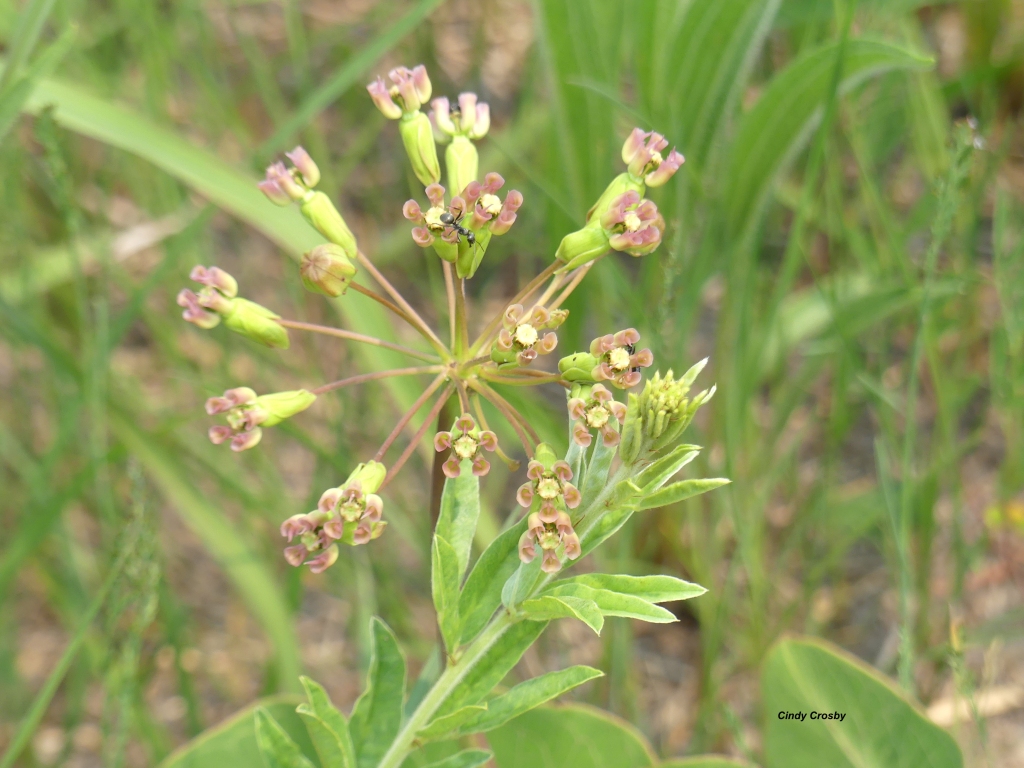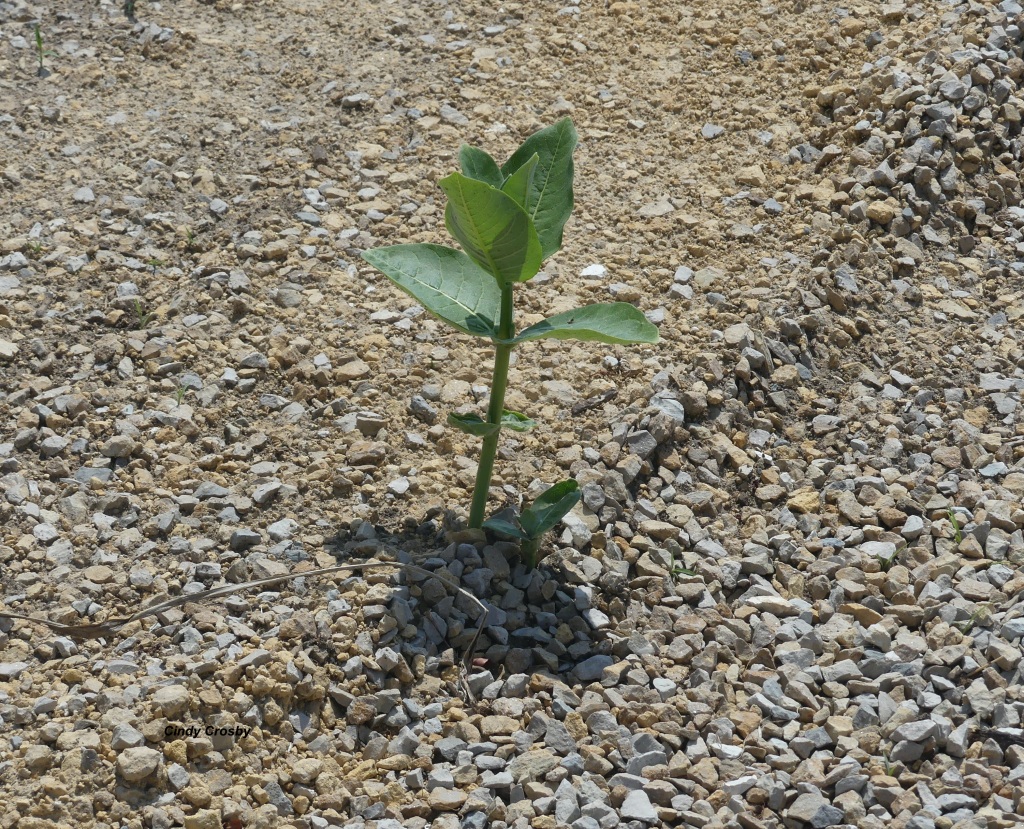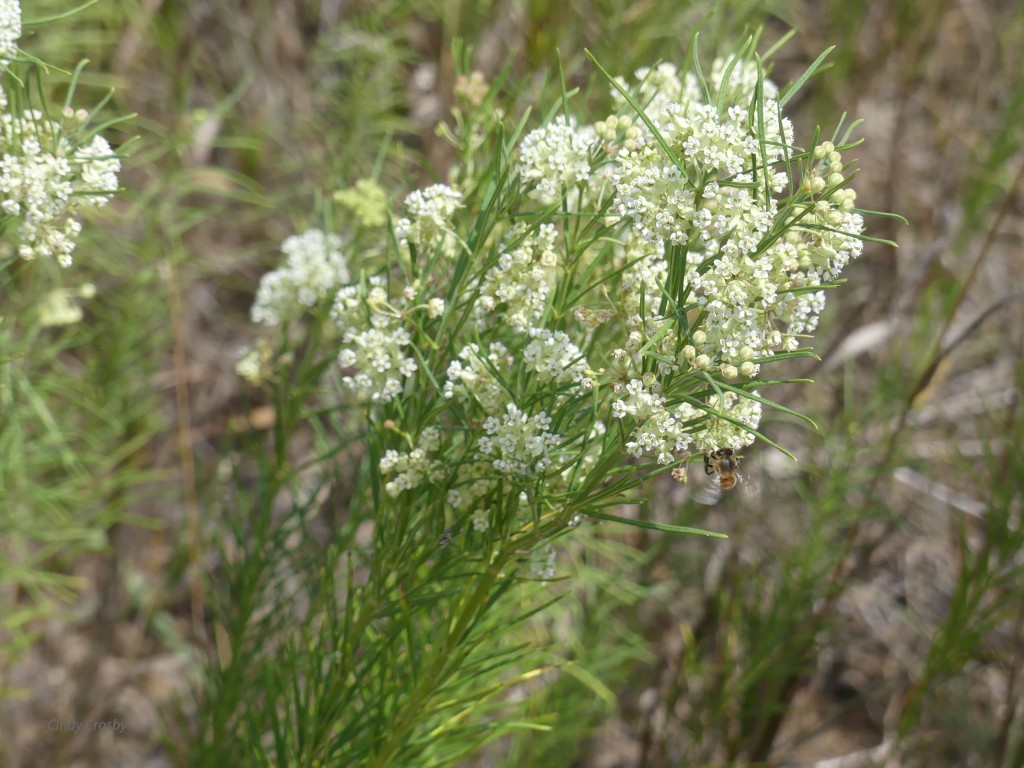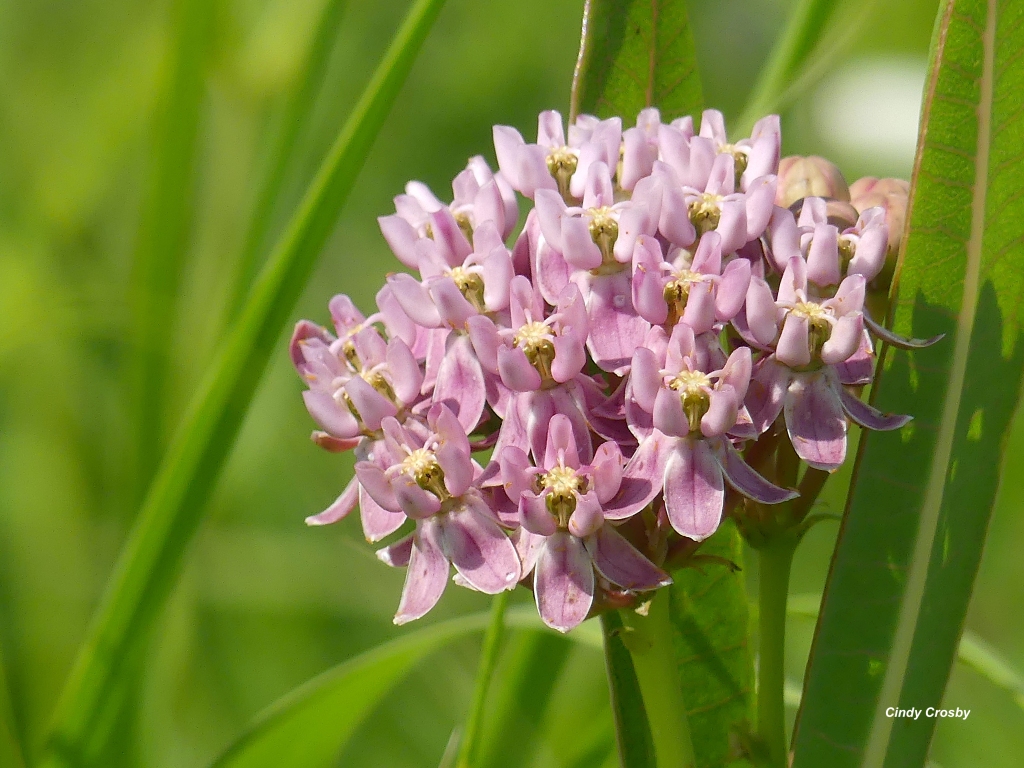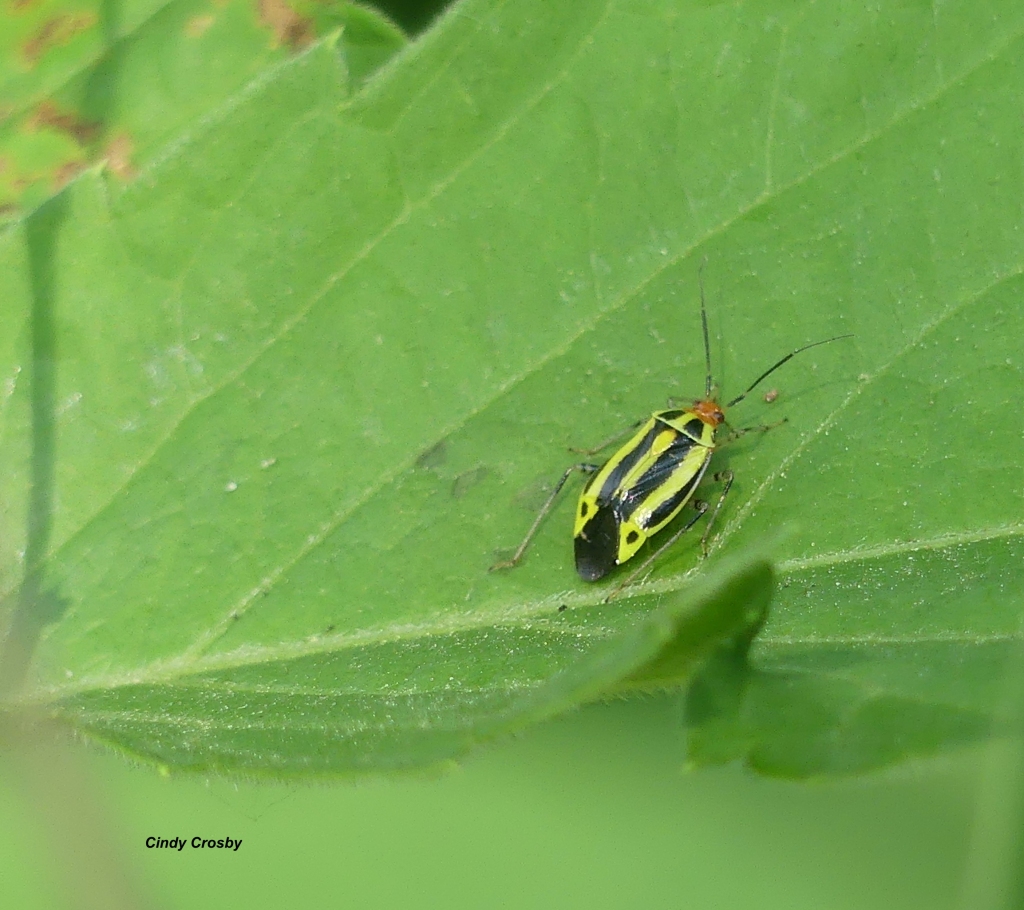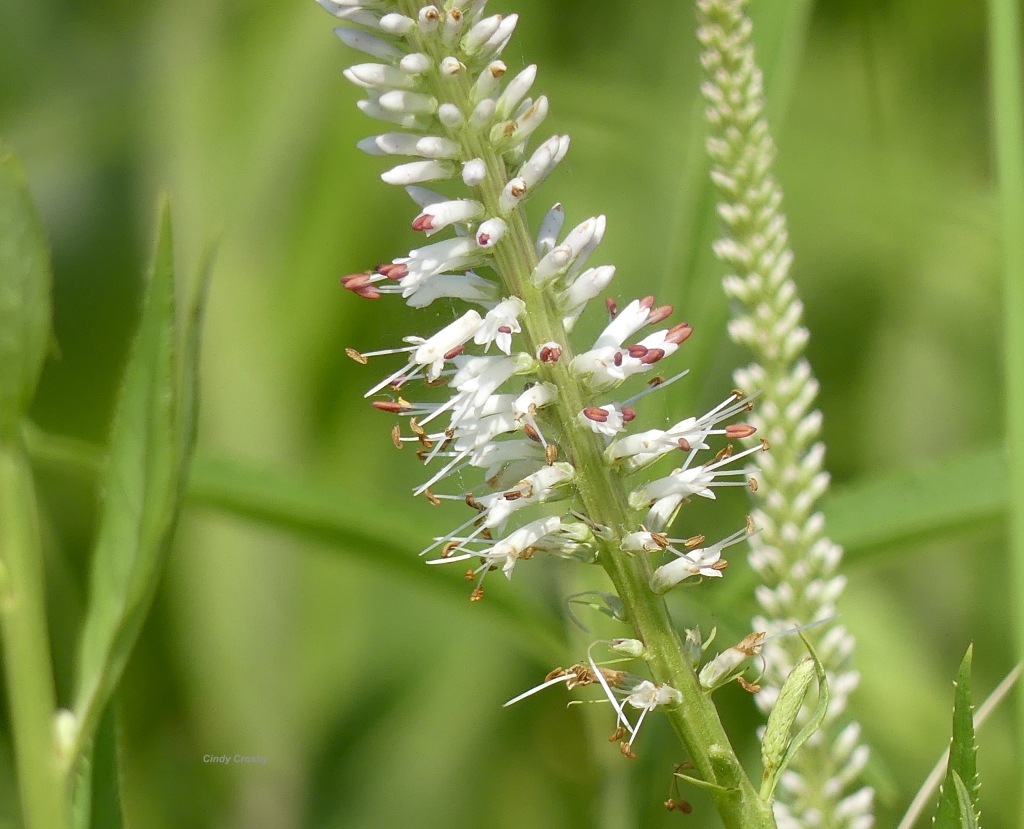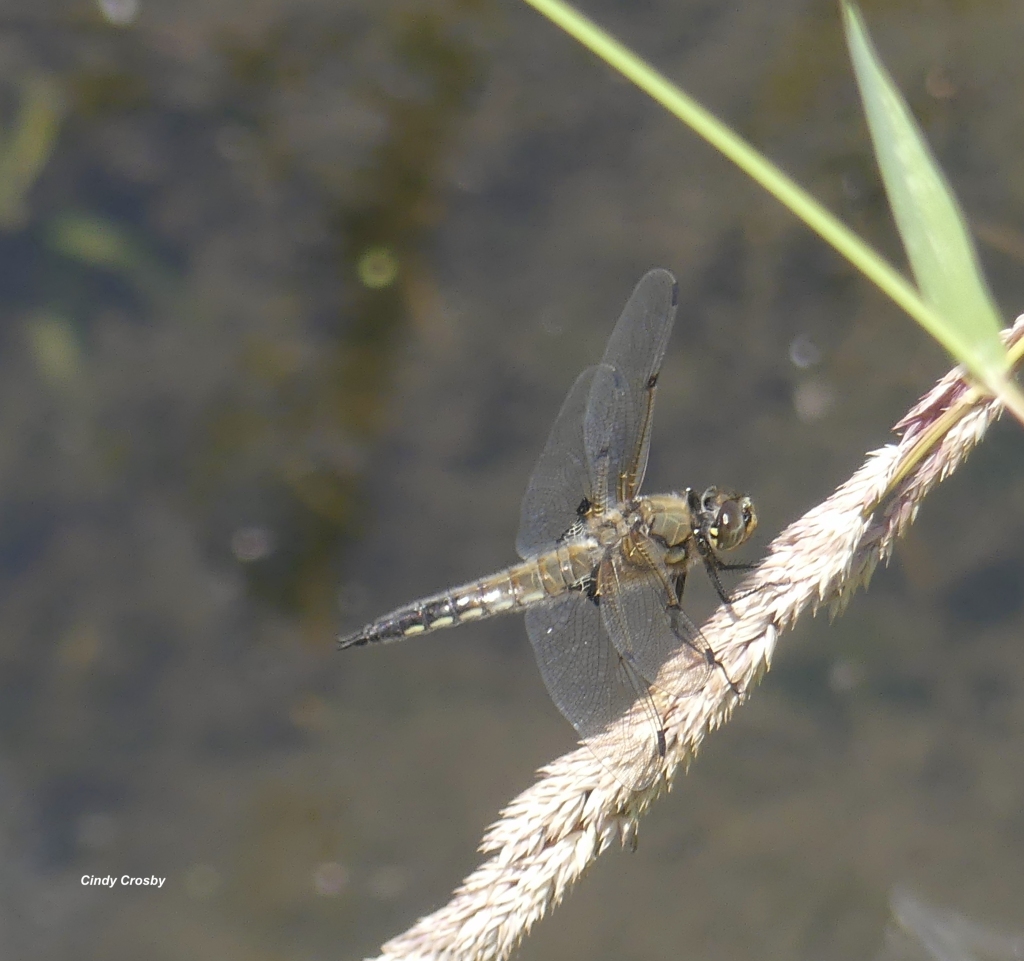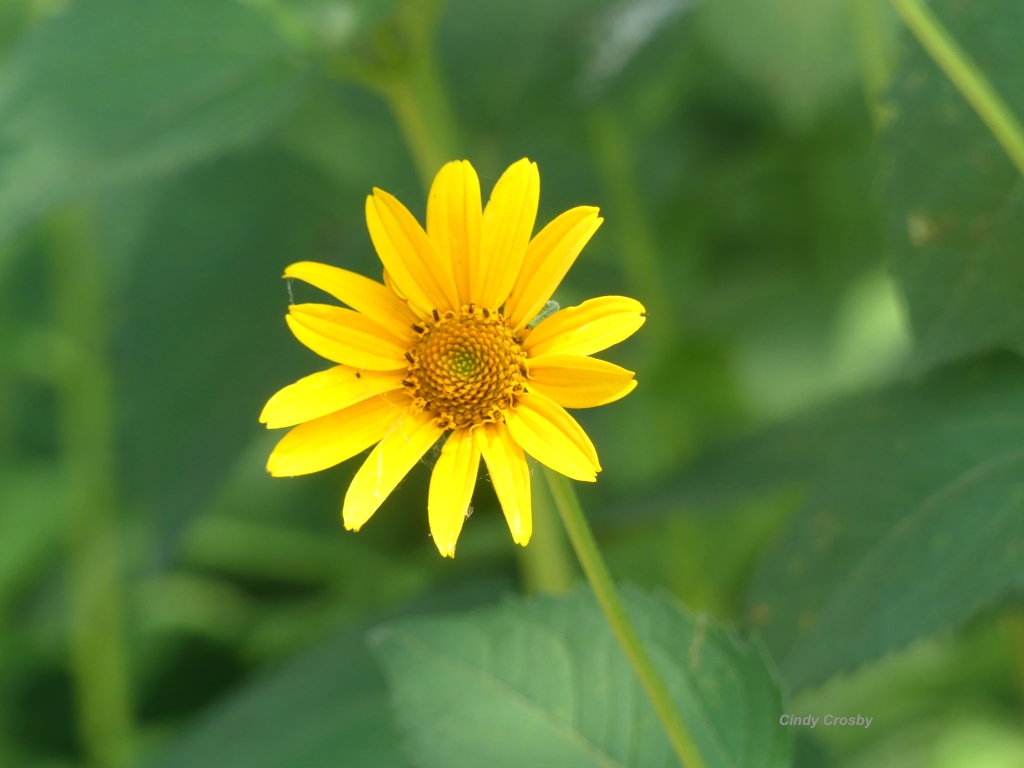“It is that range of biodiversity we must care for—the whole thing—rather than just one or two stars.” —David Attenborough
*******
Good morning from the tallgrass prairie!

Look around you.

Look closer.

Listen.
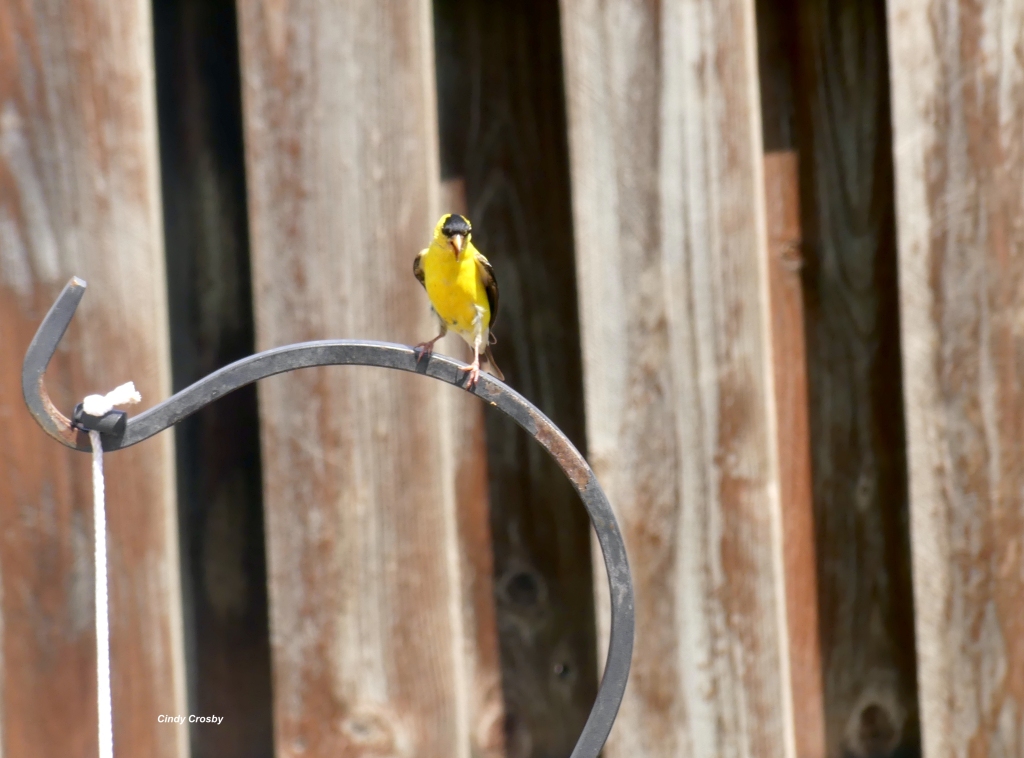
The insect chorus tells you. August has arrived.

Figwort buzzes with activity.

The backyard garden hums.

Summer’s rollercoaster hits the top of the seasonal track. Pauses.

Hold your breath. Here we go.

Time begins its gradual descent toward autumn.

The first New England asters are in bloom. Already?

Early goldenrod paints the spaces between white wild indigo, twined with river grapevine.

It’s the height of summer.

Let’s hang on to these moments as long as we can.

Enjoy any day that opens with clean air. Sunshine. Low humidity. We’ll not take them for granted again.

Sooner than we think, summer will be behind us.

Seize the day. While summer lasts.
******
Sunset arrives on the tallgrass prairie. Most of us head for home.

But last week, I spent a few hours on the prairie after dark. Each summer, our band of prairie volunteers sets up a sheet and special lights to join “National Moth Week” in learning what moth species are out and about. “Moths!” you might say. “Aren’t those the bugs that eat our wool sweaters and damage our crops?”
Well, yes, some moth species might. However, moths are much more than pests. Moths are important pollinators. Each moth species may have different host plants, coloration, and lifestyle habits.

A few bats flapped around our moth set-up, then flew off into the savanna as darkness descended. The sheet began to ping with tiny insects. Then, an unexpected arrival. Two Vesper Bluet damselflies!

Because we monitor and keep data on dragonflies and damselflies during the daylight hours, I had never seen this crepuscular species. It flies in the late afternoons into the evenings, and may mate and oviposit after dark. For this dragonfly chaser, it was like Christmas in July.
And then came the moths.
Some with unusual-shaped wings.

Pink ones.

Moths apparently wearing fur ruffs.

Moths like stained glass.

Moths with racing stripes.

So many diverse moths! Each one a work of art. I was reminded of how little we know of the prairie—and the world we live in—as it is after dark.

After a few hours, the moth action was just getting started. But we were bushed. We shook out our sheets, packed our gear and headed home, feeling a little more astonished about the natural world. So much variety! So much to learn. And that’s just moths. Think of all the wildflowers, grasses, insects, birds, lichen, fungi, mosses, and other members of the prairie community out there, waiting for us to discover more about them.

It would take several lifetimes to explore a single prairie—or even—our backyards.

I don’t know how anyone could ever be bored. Do you?
*****
Sir David Frederick Attenborough (1926-), whose quote opens this blog today, is the host of numerous nature documentaries, including Planet Earth, and the winner of three Emmy Awards for documentary narration. He’s also the author of many books, including A Life on our Planet. He also has approximately 30 species named for him, including a Namibian lizard (Playtisaurus attenboroughi).
*****
Join Cindy for a Class or Program in late July and August
August 3 — Dragonflies and Daiquiris, hosted by the Morton Arboretum in Lisle, IL. (SOLD OUT) 6:30-8:30 p.m. Call and ask to be put on a waiting list.
August 5 — Nature and Art Retreat, hosted by The Morton Arboretum in Lisle, IL. 8 a.m.-3 p.m., Founders Room, Thornhill Education Center. Cindy will be leading the writing section. There are only a few spots left! Register here.
August 9 — Interpretation for Master Naturalists, hosted by the Illinois Extension and The Morton Arboretum (via Zoom). (SOLD OUT)
August 11 — The Tallgrass Prairie for Master Naturalists, hosted by the Illinois Extension and The Morton Arboretum (in person). (SOLD OUT)
August 14 — Dragonflies and Damselflies, hosted by MAPS– The Morton Arboretum Photographic Society, Lisle, IL. Free for MAPS members and their guests. Blended online and in-person program. 7-8:30 p.m. For more information and details, visit here.
*****
A note to my awesome readers: Jeff and I are celebrating our 40th anniversary by visiting 40 natural areas over the summer and fall this year. Please let us know where you think we should head to next. Thanks to everyone who has sent ideas! We’re almost halfway there. So far, we’ve enjoyed hiking, bison viewing, and/or kayaking at the following:
Kayaking at #1 Rock Cut State Park (Rockford, IL); hiking at #2 James “Pate” Philip State Park (Bartlett, IL); #3 Potato Creek State Park (North Liberty, IN); #4 Indiana Dunes State Park (Porter County, IN); #5 Indiana Dunes National Park (Beverly Shores, IN); kayaking Silver Lake at #6 Blackwell Forest Preserve (Wheaton/Warrenville, IL); hiking #7 Belmont Prairie Nature Preserve (Downers Grove, IL), #8 Winfield Mounds Forest Preserve (Winfield, IL), #9 Bluff Spring Fen (Elgin, IL), #10 Herrick Lake Forest Preserve (Wheaton, IL); Jeff’s family reunion at #11 Hawthorn Park (Terre Haute, IN); hiking #12 Turkey Run State Park, Marshall, IN) and at #13 Shades State Park, Waveland, IN; hiking and bison viewing at #14 Kankakee Sands, Morocco, IN; hiking at #15 Hidden Lake Forest Preserve (Downers Grove, IL), #16 Peck Farm Park (Geneva, IL), #17 Schulenberg Prairie, The Morton Arboretum (Lisle, IL); and #18 Busse Woods Forest Preserve, Elk Grove, IL.

